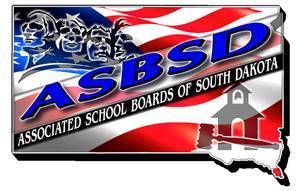A proposed change to the education funding formula could save the state $100,000.
S.D. Bureau of Finance and Management Commissioner Jason Dilges discussed the proposed adjustment, which would see tax payers share the cost of school technology, assessment and the sparsity factor, with legislators at Thursday’s Joint Appropriations committee meeting.
The three factors – with a price tag of $11.2 million – were previously paid entirely by the state.
Dilges said the state’s share of providing schools the statutorily required 1.5 percent increase in funding would cost $360.9 million, but with the adjustment, and providing a two percent increase, the state would have a $360.8 million share in education funding.
You can see the PowerPoint presentation from today’s committee meeting here.
Dilges said the adjustment gave the state the “ability to go to two percent” instead of the 1.5 percent increase. Gov. Dennis Daugaard proposed the increase and the state aid adjustment in December.
Rep. Ray Ring noted the change would mean local taxpayers were helping pay statewide initiatives. Dilges acknowledged Rep. Ring’s assessment was correct and added the state did the same with the small school adjustment and limited English proficiency dollars, which are included in the formula.
The two percent increase coupled with the proposed adjustment to state aid could net school districts $3.2 million.
“This is an absolute windfall for the school districts,” Dilges said. “If you want to do this, you can get (schools) another $3.2 million.”
Some committee members expressed concern over the shift in funding responsibility that tax payers would incur with the change.
“They’re (schools) getting ($3.2) million, but it’s not at our cost,” Sen. Angie Buhl O’Donnell said.
Local effort would increase by $2.6 million with the two percent increase in state aid coupled with shared cost of school technology, assessment and the sparsity factor compared to a straight two percent increase.
Dilges said owner-occupied taxes are going to increase by $6.60/$100,000 of valuation with the two percent increase, regardless of the addition. The Cutler-Gabriel split, which is the percentage share of funding between state and local taxpayers, is expected to be at 54-46, state to local.
“We can’t say this is a cost to tax payers,” Dilges said.
